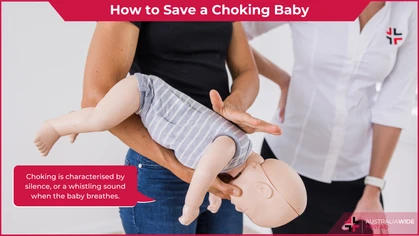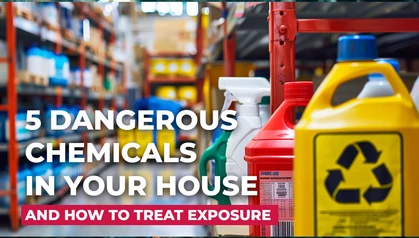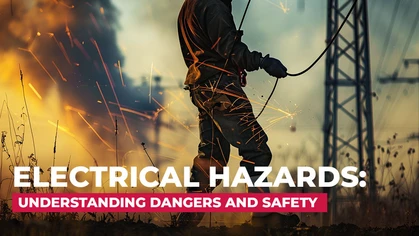Australian Farm Animals - Adorable and Dangerous

Danger
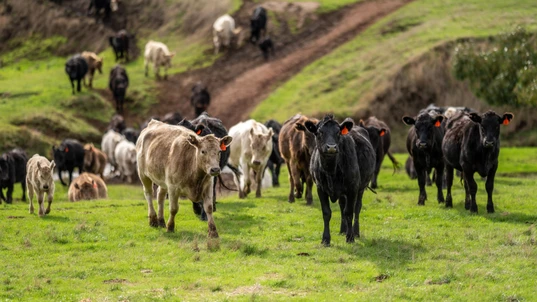
Cattle can become aggravated and charge at people, causing trampling and crush injuries. Their friends often join the fray.
Australian farms, with their diverse array of livestock and native creatures, carry a unique set of hazards that demand preparedness and vigilance from those who work among them. From the unpredictable behaviour of livestock to encounters with venomous reptiles, it is essential for farmers and rural communities to equip themselves with the knowledge of first aid measures, enabling them to respond effectively to animal-related incidents. This article discusses the dangers of animals on Australian farms. It looks at common injuries, risks, and ways to prevent harm to people and animals.Statistics
A 20-year review of animal-related deaths on Australian farms found that more than half occurring during work activities. Horses were involved in 81% of incidences, with cattle the next highest group. Over half of the fatalities were male, and 46% of cases were involving people over the age of 60. Amongst those who lost their lives, 85% fell from or were struct by an animal at the time of the incident. 40% involved a head injury. These results were consistent with previous studies in terms of the leading cause of fatalities. It is important to note however that annualized case numbers have decreased compared to the previous decades.Common Farm Animals in Australia
Australian farms are home to a diverse array of animals, each playing a vital role in the agricultural landscape. Among the common livestock species on farms in Australia are:- Cattle
- Sheep
- Pigs
- Horses
- Poultry
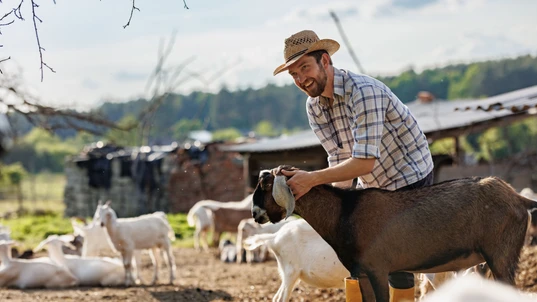
Animal behaviour should be well studied before working with any farm animals.
Risks, Hazards, and Injuries
One of the greatest risks of farm animals is underestimating their power, strength, and temperament. Some common hazards associated with animals on farms include:- Exposure to diseases
- Musculoskeletal injuries during routine animal activities
- Falls during riding
- Animal unpredictability
- Inadequate fencing and protective barriers
- Bites and lacerations
- Bruises
- Broken bones
- Being crushed, gored or trampled
- Head and spinal injuries
- Blunt force trauma
- Falls and trips
- Dislocations
- Strains and sprains
- Degenerative joint and muscle damage
- Occupational hearing damage
- Hazardous chemical and vaccination exposure
Safe Practices
There are several ways to increase the safety of all on your farm when working with animals.- Never work alone, especially when working with livestock.
- Gaining good working knowledge of the behaviours and temperaments of the animals on the farm.
- Observing the animal’s behaviour and adapting accordingly.
- Respecting the size and strength of animals, as well as claws, hooves, and teeth.
- Maintaining fencing, yards, gates, and crushes.
- Designing sheds, races, and yards well for smooth stock flow.
- Maintaining barriers to avoid contact with animals.
- Wearing appropriate PPE, including respiratory protection in dusty areas.
- Wearing a helmet whenever riding or mustering.
- Ensuring vaccination equipment is well maintained and up to safety standards.
- Never removing or altering safety mechanisms of equipment related to working with animals.
- Seeking immediate medical attention in the event of an injury, and not waiting until the work is complete.
First Aid Knowledge
At least one person on the farm should be fully trained in first aid. Preferably, all workers and household members would be trained. Farm work is isolating, and health and safety issues are numerous. Injuries can quickly escalate while awaiting assistance, so the more people with first aid knowledge the better. Of note when working with animals are training in procedures for sprains and strains, lacerations and bites, crush injuries, and needlestick injuries. Good safety practices throughout the work environment and good first aid knowledge save lives.
Originally published at
https://www.australiawidefirstaid.com.au/resources/australian-farm-animals---adorable-and-dangerous
as part of the Australia Wide First Aid Articles Library





